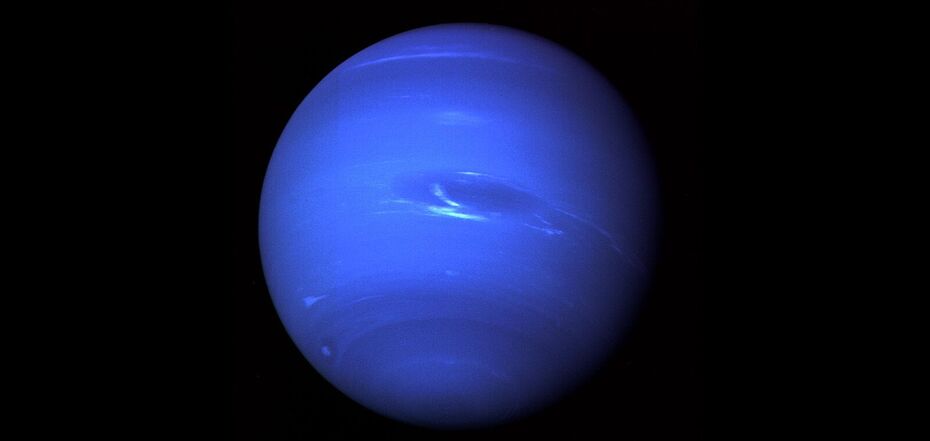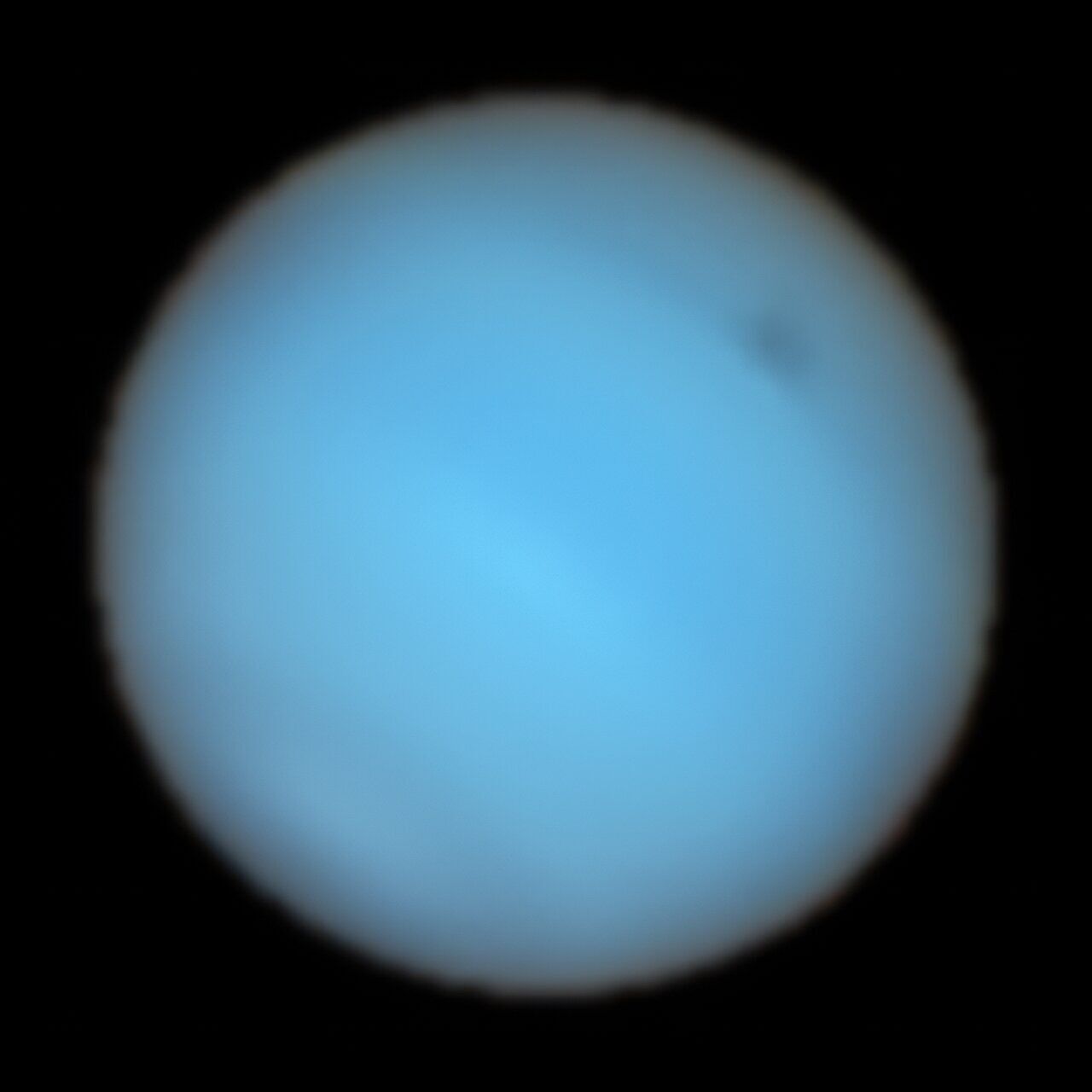Life
Astronomers look into Neptune's dark spot from Earth for the first time and see something strange
For the first time in the history of terrestrial astronomy, astronomers have been able to look into a dark spot in Neptune's atmosphere. This was done thanks to the Very Large Telescope (VLT) in Chile.
The results of the observations are described in a study in the journal Nature Astronomy. Temporary dark spots on the distant planet were first noticed in 1989, when they were shown to Earth scientists by NASA's Voyager 2 spacecraft flying past the planet.
For more than 30 years, these spots have puzzled scientists who have been trying to determine their origin. When the Hubble Space Telescope spotted a dark spot larger than the Earth's Atlantic Ocean, astronomers decided to use the latest technology to take a closer look at Neptune.
"Since the first discovery of the dark spot, I've always been interested in what these short-lived and imperceptible dark objects are," said Patrick Irwin, lead author of the new study.
He was able to use a telescope operated by the European Southern Observatory (ESO) to peer into Neptune's atmosphere from a distance of about 4.8 billion kilometres.
ESO noted that this is the first time a ground-based telescope has observed a dark spot in Neptune's atmosphere.
Large spots on giant gas planets are common and temporary. In particular, Jupiter's Great Red Spot has shrunk significantly in recent years and is likely to disappear completely in the near future.
Scientists claim that these dark regions are clues to how the planet works. Similarly, we can understand what is happening to the climate on Earth by observing storms and aerosols.
The VLT from which Neptune was observed is located on top of Cerro Paranal in the Chilean highlands.
From this peak, the Multi Unit Spectroscopic Explorer (MUSE) instrument, which is equipped with the telescope, collects sunlight reflected from Neptune's clouds. As the scientists explain, MUSE made it possible to obtain a three-dimensional image of the Neptunian spot in "more detail than was previously possible".
Based on these data, astronomers were able to measure the height at which the spot is in the atmosphere, as well as get clues as to why the spot looks dark.
"In the process (of studying the dark spot - Ed.), we discovered a rare type of deep bright cloud that has never been identified before, even from space," said study co-author Michael Wong.
The presence of the bright spot, according to scientists, indicates that Neptune's atmosphere is dynamic.
ESO noted that the dark spot is likely the result of air particles collected in the layer below the visible layer, where "ice and fog mix in Neptune's atmosphere". The bright spot, on the other hand, is "rare" and represents "a completely new type of object".
Earlier, OBOZREVATEL reported that a NASA telescope showed the bright death agony of a distant star.
Subscribe to OBOZREVATEL's Telegram, Viber and Threads channels to keep up with the latest developments.




























